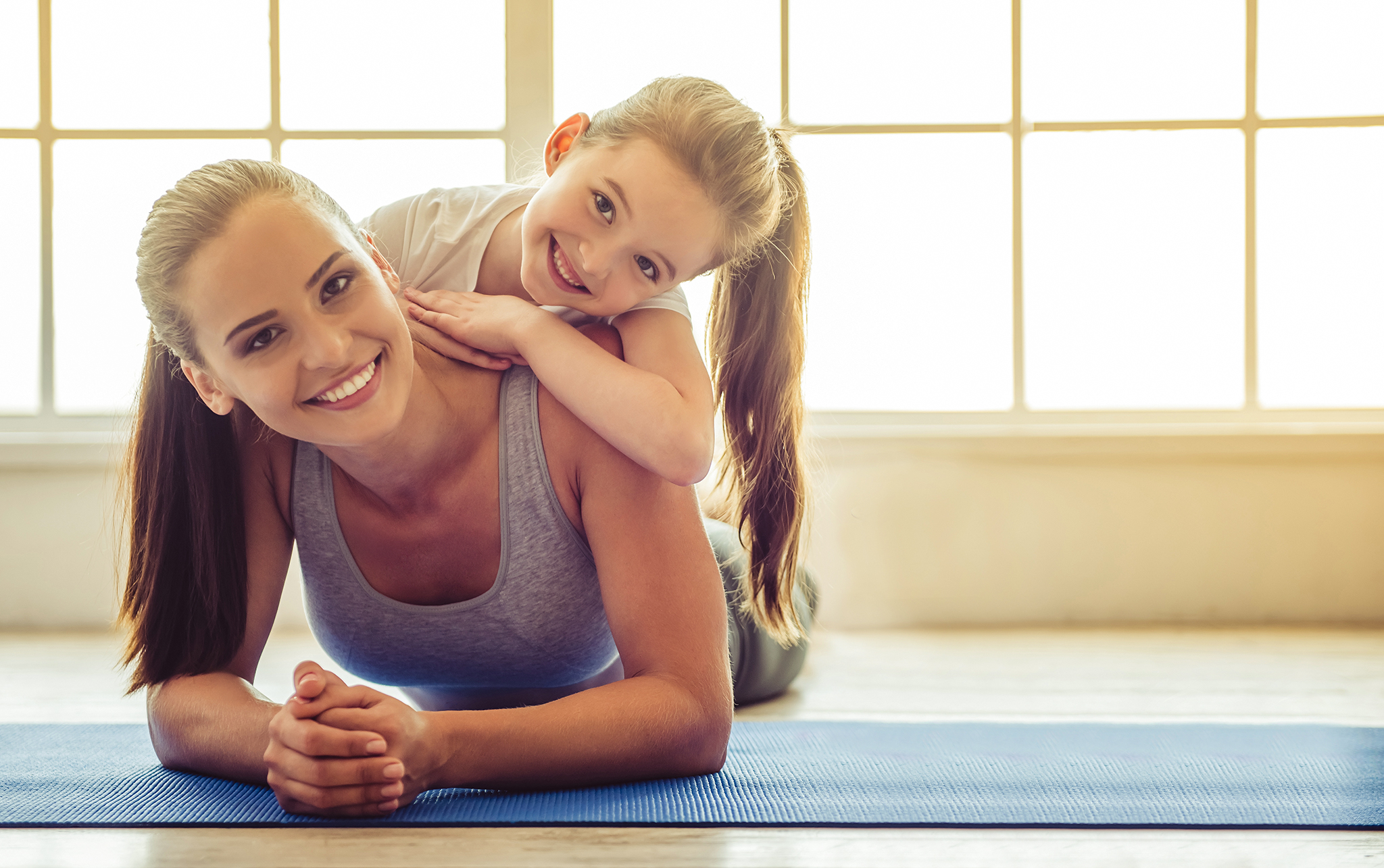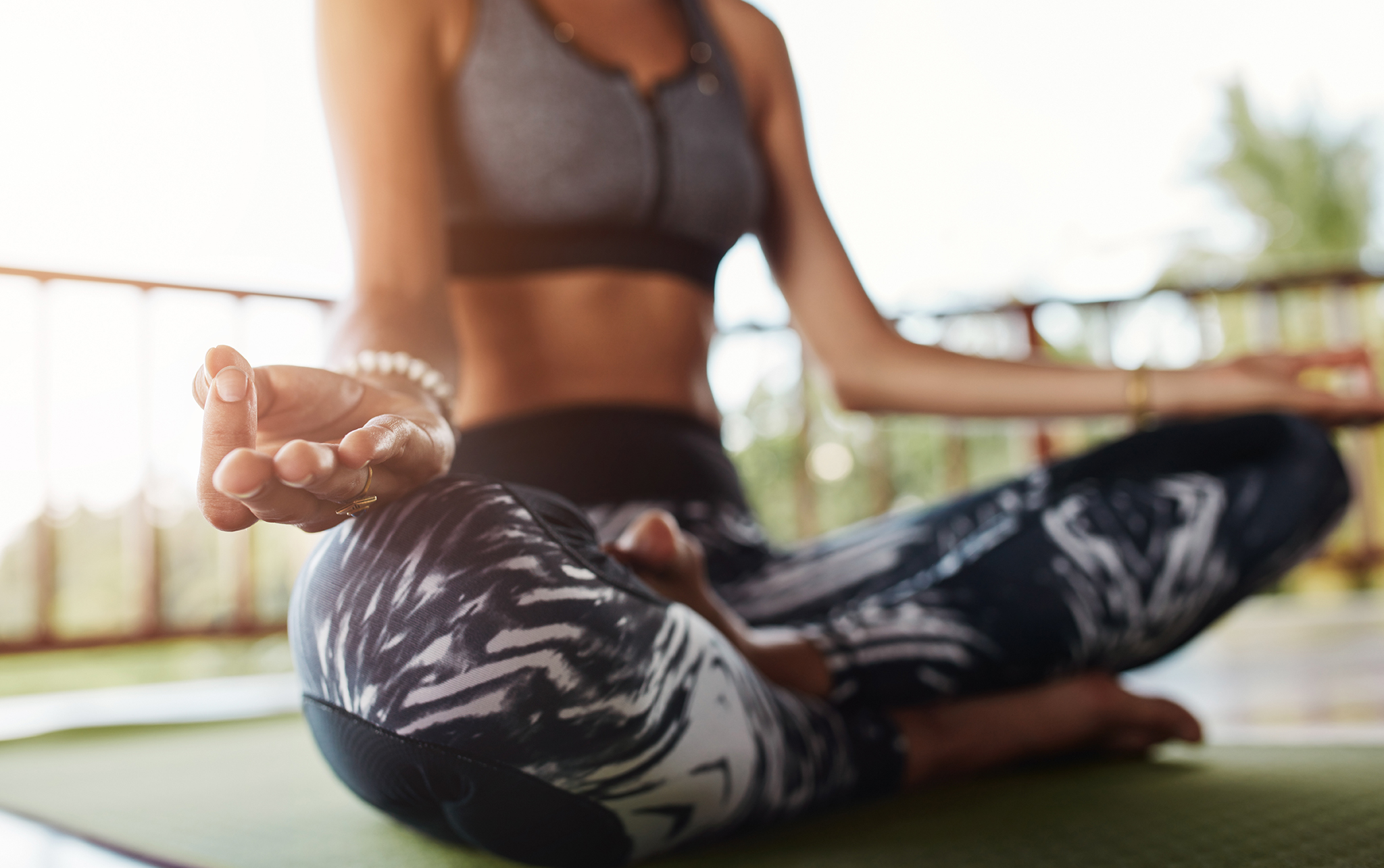“What do children have to be so stressed about anyway?” This is the first question many people ask when they hear about meditation for kids. Right now, we’re going to dispel the kids and stress myth, and tell you exactly how meditation can benefit children and give you some great ideas to try with each age group––from preschoolers to high schoolers.
Why should kids meditate?
Aside from stress management, the benefits of meditation are multitudinous––increased focus, health, and sense of well-being. Let’s learn more and discover why children should meditate.
The stress myth
It’s a fact! Kids these days are stressed. The American Psychological Association found that children and young people between the ages of eight and 17 years old were worried. Their concerns included grades, their futures, family issues, and even finances.
It was estimated that up to a third were stressed to the point they began experiencing headaches and other stress-related complaints, such as stomach upsets and trouble sleeping.
With such high numbers of stressed-out kids, it’s time to teach them how to cope with anxiety better and seek prevention rather than cure. Meditation may be one way, alongside a list of others, that you as parents or teachers can try to help your child or children manage how they handle stress and life’s problems.

Increased focus
The world is moving ever faster; kids nowadays are digital natives, those who simply cannot be without technology. While the benefits and risks of this are a debate for another day, it is without a doubt hard to keep up in today’s world.
Information is being thrust upon us at such a speed that we quickly lose focus on what we were supposed to be concentrating on and switch to something else entirely. Think of that work report you were supposed to be doing but decided to check your Facebook and got distracted for the best part of an hour.
Kids are even more prone to such behavior, which is why meditation could provide a key solution to helping increase concentration and focus for longer.
Healthy mind, healthy body
Mindfulness, achieved through meditation, is one of the central ways we can seek to change and improve our behaviors and thought patterns. It’s all about taking the time to sit down and think things through; something that’s often missing in modern society.
By ensuring your mind is healthy––taking the time to relax, focus, and reprogram––it increases your chances of making healthy choices, and of course, going back to point one, reducing your stress levels.
For young people, this has additional benefits of building life-long skills that will help them cope, not only with school but with the demands of adulthood as well.
Your guide to teaching kids to meditate

For every adult, finding a way to meditate that suits them can be an issue, and this is perhaps even more true for children who hold boundless energy––sitting still for five minutes alone is a challenge.
This is the reason why it’s vital to create a meditation process that helps children and young people engage in a way they understand and feel comfortable with. Below are our top ideas for children’s guided meditation, but we’d love to hear yours too, feel free to add them in the comments below.
Meditation for toddlers
It’s never too young to get started! While we don’t want to build up your expectations of mini yoga gurus too much, meditation is something that can help calm your toddler.
As they grow older, they can begin to use these processes to better regulate their emotions. Like any activity for those below the age of five, the best meditation for preschoolers happens through structured play.
Simple song singing in the form of a mantra, or even practicing calming sounds such as “Om” can work wonders.
To begin, sit in a circle with your child or children. The position isn’t as important as feeling comfortable. Start with a whisper at first with your mantra or sounds, then build into a speaking voice.
By focusing on the words, and sound levels children can learn to become calmer when hearing these key words or phrases.
Meditation for children
For children over the age of five, meditation is best introduced as a game or fun activity. There’s no need to lecture on the benefits of the practice at great length but telling them about its history and uses may help them feel more “grown-up” and important.
Leading guided meditation for kids of this age group may be a challenge, but once they learn how it works, you’ll be amazing at just how much you and they like it.
The first thing you need for this activity is to select a room with a creatively painted ceiling, or even stick some glow in the dark stars up there. This will come in handy later. Alternatively, in summer, you can take this activity outside and use clouds as your base.
Now, start by having your child or group lying flat on their backs with their eyes closed. Ask them to breathe in through their nose, hold for three to four seconds and release it through their mouths. Repeat this activity five or six times, until the group is comfortable with it.
Once they have calmed, begin the process of storytelling by using the ceiling images or sky to create stories. Ask what they see, what does it mean, and you’ll be amazed at the creativity. Help the others to focus on listening with the breathing exercise.
Meditation for teenagers
Being a teenager can be one of life’s most stressful experiences; it is a time of deep insecurity, self-awareness and change. Alongside all that come exam stresses and the need to make decisions for the next step in life.
Meditation is a tool that comes in particularly handy for young adults as they navigate through this period in their lives.
Helping your teenager learn how to meditate properly could set them up for life with stress-reducing coping strategies.
Work with your teen and teach them about breathing––in through the nose, hold for five, and release. Next focus on developing meaningful mantra’s that help them feel confident and secure, such as “I am enough”, “I am strong”, or “I am important”.
Finally combine that with simple yoga moves such as lotus pose, downward-facing dog, and cow pose to add some feel-good exercise chemicals into the mix.
